Description
Bostron 10×50 and 7×50 binoculars share many core features, such as a 50mm objective lens, durable, waterproof and an illuminated compass and rangefinder. The primary difference is the magnification level, which affects field of view, image stability, and exit pupil size.
Bostron 10×50 Binoculars
The 10×50 models offer a higher magnification, which is a popular choice for all-around outdoor use and astronomy.
- Magnification: 10x (objects appear ten times closer).
- Optics: 50mm objective lens diameter, BAK4 Porro prisms, and fully multi-coated (FMC) lenses ensure bright and clear images.
- Field of View: A narrower field of view compared to 7×50 models, which can make it slightly harder to track fast-moving objects but helps in distinguishing detail in distant objects.
- Image Stability: Hand movements are more magnified at 10x, so some users may prefer a tripod or monopod for extended, steady viewing sessions.
- Exit Pupil: 5mm exit pupil (objective lens diameter divided by magnification), which matches the typical maximum dilation of most adult eyes in low light conditions.
- Best For: Detailed views of distant subjects, astronomy (seeing deep sky objects with better contrast against the sky background), and general observation in varied lighting conditions.
Bostron 7×50 Binoculars
The 7×50 models are a classic choice, especially for marine and low-light applications, valued for a steadier image and wider field of view.
- Magnification: 7x (objects appear seven times closer).
- Optics: 50mm objective lens diameter (same light gathering as 10×50), BAK4 Porro prisms, and multi-coated lenses provide a very bright image.
- Field of View: A wider field of view (e.g., 112m at 1000m) which makes it easier to locate and track objects, a significant advantage for activities like finding objects at sea or tracking birds.
- Image Stability: The lower magnification results in a much more stable image when hand-held, which is essential on a moving boat or for long periods of observation.
- Exit Pupil: 7.1mm exit pupil, providing a large “sweet spot” that makes it easier to align your eye with the optics and ensures maximum light reaches the eye, especially useful in low light or for younger eyes.
- Best For: Marine navigation (the undisputed champion of marine binoculars), low light conditions (dawn/dusk), and situations where a stable, wide view is preferred over high detail.
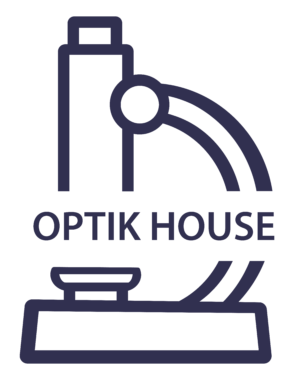
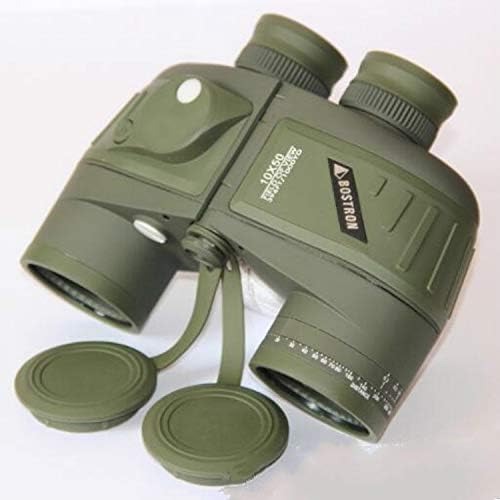
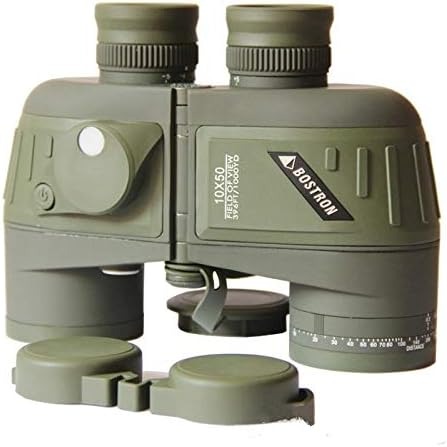
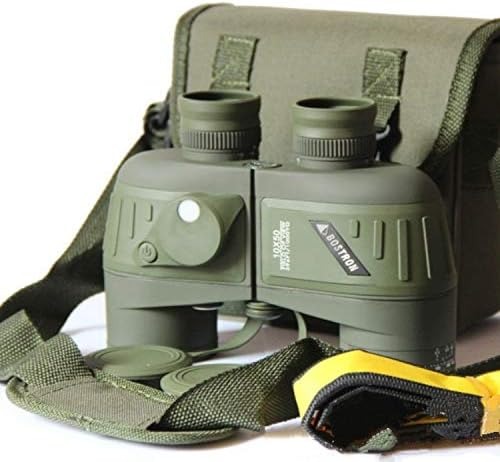
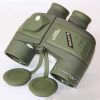
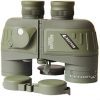
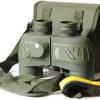







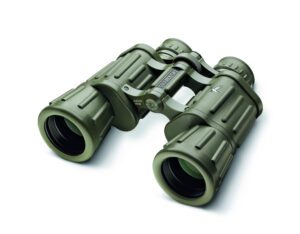
Reviews
There are no reviews yet.